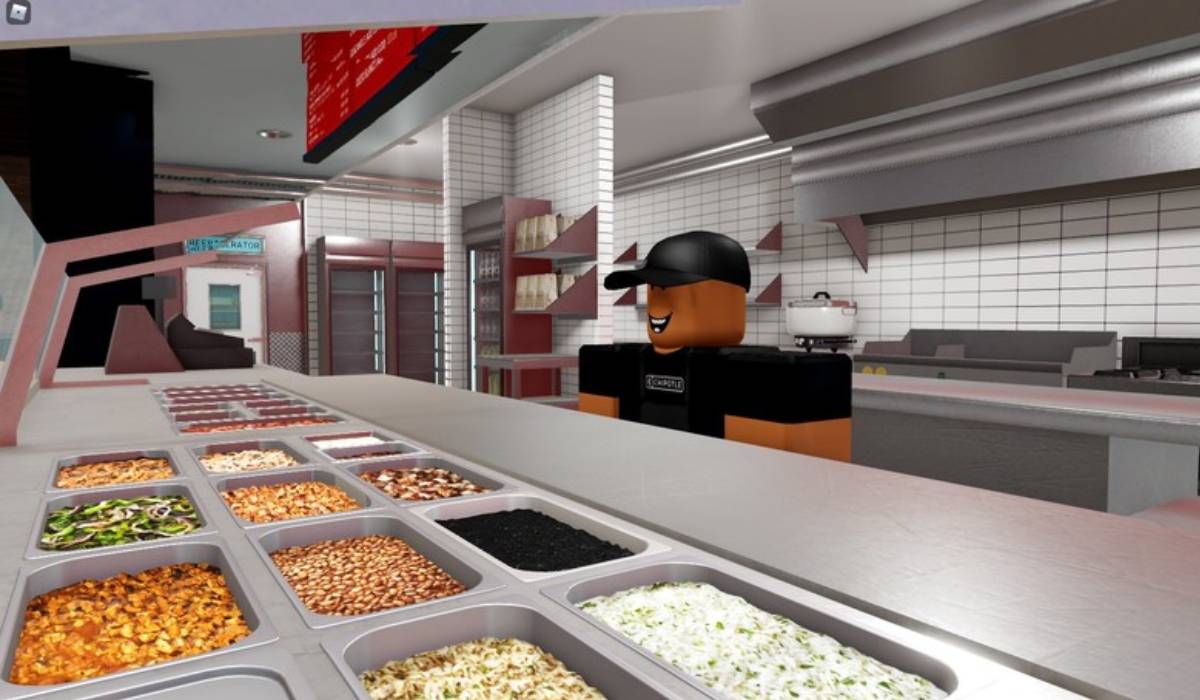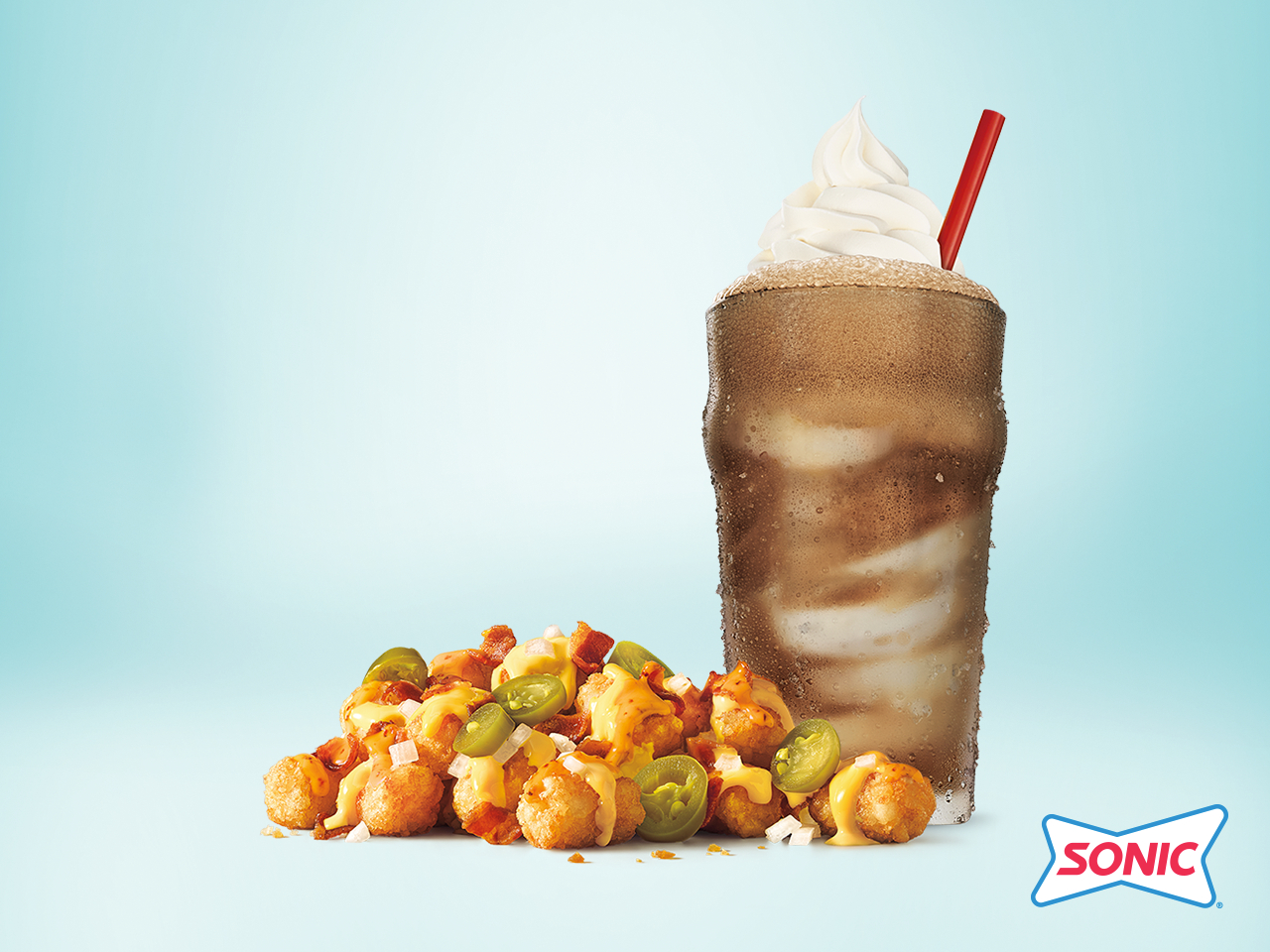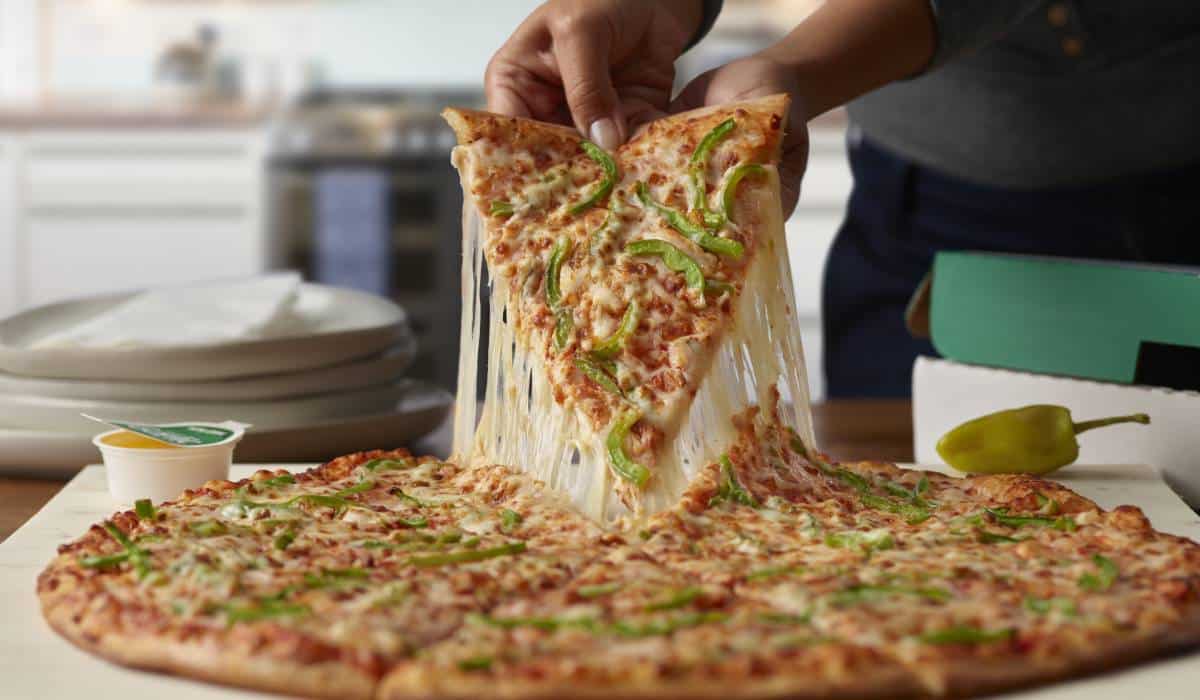With the chaos in commodities and labor, and whatever latest pressure is depriving operators of sleep, it can be easy to overlook the journey, Papa Johns CEO Rob Lynch says. The brand’s Q1 2023 lapped a quarter when it produced the company’s highest sales volume in history. And that comped against Q1 2021, which previously marked the top result since Papa Johns began as an oven inside a broom closet in 1984.
This past year, Papa Johns was the only “Big 3” public pizza brand to report positive domestic same-store sales (Pizza Hut was negative 1 percent and Domino’s negative 0.8 percent). In turn, the chain’s Q1 2023 flat comps are in need of context, from a current and future view. “That is not our expectations for the year,” Lynch says. Papa Johns expects the top-line to grow between 2–4 percent annually going forward.
As much as the COVID-19 crash bolstered pizza, with guests favoring delivery-centric brands and comfort, recent turmoil struck the sector as hard as any. The challenge to find delivery drivers, in particular, pulses on a unique level given pizza brands are competing not only with each other but with rideshare apps and the gig economy.
Moreover, Lynch says, the challenge in pizza currently is to try to balance margin with transaction maintenance, or growth. This is especially true following record levels of transactions throughout the pandemic.
“But I fundamentally believe we’re going to have some normalization of the cost structure at some point,” Lynch says. “Whether it’s two months from now, six months from now, a year from now, I don’t believe that we’re going to continue to have all-time record highs on some of these commodities.”
Lynch notes Papa Johns has started to see some costs ease, like cheese and certain proteins. “So, if you believe there’s going to be [an easing] … markets are efficient, there’s going to be a normalization of the cost structure, despite the wage inflation, then the goal needs to be to stay focused on keeping our customers.”
The equation goes as follows: Maintain guests, costs come down, margins go up. Then, Papa Johns doesn’t need to price up to guard margin per se, he says. “We need price to make sure that we can still deliver enough cash flow to meet our business needs, but also keep our customers,” Lynch says.
Adjusted operating margins in Q1 were 7.4 percent, a 90-basis-point decline year-over-year, but slightly better on a sequential basis. In U.S. company-owned stores, food basket costs rose 4 percent over last year and labor costs “remained elevated.” Together, they represented roughly 200 basis points of headwind for corporate domestic segment margins, year-over-year. “Our strategic pricing actions somewhat but not fully offset the higher costs, resulting in an approximate 150 basis point decline in restaurant level margins compared with a year ago,” said Chris Collins, serving as interim principal financial and accounting officer as Papa Johns searches for a full-time replacement for CFO Ann Gugino, who resigned in March.
Papa Johns has a commissary arrangement with North America franchisees that enables it to pass through food, labor, and fuel costs on a cost-plus-fixed margin basis.
But more broadly, Lynch sees “a ton of upside on operating margin.” In 2019, Papa Johns’ average unit volume systemwide was about $900,000. Today, it’s closer to $1.2 million. If there’s a normalization of commodity costs as Lynch predicted, and Papa Johns can hold on to the pricing it has taken, the runway is sunny. “I fundamentally don’t believe that could stay that way in perpetuity,” he told investors Thursday. “I believe in efficient markets; I believe that their supply is going catch up to the demand regardless of the macroeconomic environment.”

Getting back to the second part of Papa Johns’ path—keeping customers—the chain introduced a “back to better operations” initiative across company stores in 2022’s final quarter. It was a two-front directive: The chain wanted to control what it could amid so much uncertainty; and secondly, Lynch says, Papa Johns’ key performance indicators drifted a bit during COVID as operators zeroed on labor and doing what they had to just to say open and safe. “We lost some of that sense of urgency around the other KPIs that are so important,” he says.
Lynch describes the effort as “a relentless pursuit of better.” In Q1, out-the-door times at corporate units improved by more than 25 percent on a year-over-year basis. Food temperature is the No. 1 driver of product satisfaction for Papa Johns, he adds. So faster delivery and hotter products is something that instantly bumped satisfaction scores, which were up “significantly” against the prior year, Lynch says.
Chief restaurant officer Joe Sieve, who joined the company in early May after six years at Inspire Brands (his resume also including building a franchise portfolio of 58 Domino’s restaurants), and SVP of restaurant operations Kevin Koons, a former Wingstop and Domino’s exec who joined the team last July, have guided the effort. “They have been focused on returning to a level of disciple and surrounding those KPS,” Lynch says. “It’s become a mantra for our company operations. They’re focused on making sure that we’re delivering the same great pizza with a higher degree of accuracy in a shorter time.”
Although early, there are clear green shoots. While Papa Johns full North America system produced flat same-store sales in Q1, company-run units (there are 520 of those versus 2,864 franchises) reported growth of 3 percent, year-over-year.
For perspective, flat at Papa Johns is part of a 28 percent three-year stack and measured against an Omicron-influenced Q1 2022 that benefitted pizza as guests stayed closer to home.
“Obviously, our year-on-year margins have come down a little bit, because we haven’t taken enough pricing,” Lynch says. “But our customer counts are still really solid. And so that’s what we’re working with our franchisees on. Is how do we continue to keep our customers while starting to benefit from a better cost structure, which will drive incremental margin and therefore flow through more profitable?”
How Papa Johns is doing so webs through some different topics. Today, roughly 85 percent of its sales arrive via digital channels. The chain has nearly 30 million loyalty member accounts. Over the past few years, Papa Johns invested in technology and organizational infrastructure to operate an “industry leading” CRM platform, Lynch says, designed to drive brand engagement through relational and transactional experiences. Just this week, the chain tapped Mark Shambura, a former MOD Pizza and Chipotle leader (he helped spearhead the “Real Ingredients” brand strategy) as CMO to drive this topic further.
Something to watch will be how Papa Johns’ partnerships with aggregators factor in. Lynch says 50–60 percent of its third-party marketplace business is incremental. The goal is to bring in those new guests and convert them to loyalty members. “They love our products. They love the innovation, the new ideas that we bring. And then, they want to come back, because it is more economical to order Papa John’s through our organic channel,” he said on Thursday’s earnings call. “That’s the business model.”
And more high level commentary on loyalty: “I know, I’ve got like a broken record here, but we still have not fully captured the value of that program,” he added. “We have not yet built out the capabilities to execute the level of one-to-one marketing and frequency building opportunities that I aspire for that program to achieve. And I take accountability for that, but I also get excited about it, because it continues to be upside.”
The way Lynch outlined this in the past is, if Papa Johns can earn one more transaction per year, with an average $20 ticket, we’re talking nearly $500 million in incremental sales on a $3 billion baseline. So there’s no shortage of allure in driving frequency.
Speaking to innovation, however, Papa Johns continues to carve a niche in the premium-product approach. For instance, it’s launched options like Epic Stuffed Crust and NY Style and Crispy Parm that live on the higher end of its spectrum. The idea being it’s not a major leap for Papa Johns customers to go up $1 or $2 for something new versus being asked to pay more for something they’ve historically paid less for, and associate with value.
But Lynch says that’s only one pillar. “You can’t win if you don’t have some form of value strategy,” he says. “It’s [quick-service restaurant] pizza. People are price sensitive. You’re always going to have the people willing to spend a little bit more to get the premium and new stuff, but the bread and butter is still large, one-topping pizzas. I believe we’ve walked that line really successfully.”
In corporate stores, Papa Johns offers an $8 carryout special and continues to promote entry-point offers for those who seek the lower end of the barbell. Yet what Papa Johns doesn’t do is market “those 50 percent-off deals,” Lynch says. Call it “sustainable value platforms” over deep discounting. A value architecture instead of a mailbox stuffed with coupons.
“We think we can do it with that bifurcated barbell strategy that delivers premium innovation and still meets the need of the value conscious customer,” he says. Papa Pairings, which arrived in late Q3, early Q4, is one example. The $6.99 price floor recently added new hot lemon pepper chicken wings.
More recently, on Thursday, Papa Johns introduced a Doritos Cool Ranch version of its handheld Papadias, starting at $7.99. There are chicken, steak, and beef versions. They all come with a signature Cool Ranch dipping sauce. “It’s a truly symbiotic collaborative relationship that I think both brands are going to be benefit from,” Lynch says. “I’m obviously biased, but I think our Papadias are literally the best handheld offerings anywhere. I would eat our Papadias every day if that was feasible.”

Consumers’ desire for value was evident in channel access as well. There’s been a definitive shift of late from delivery to carryout, Lynch says. “But that’s OK,” he says. “We have a great carryout business and we can meet their needs there. But our delivery business is still a big important part of our model.”
“As the model shifts from delivery to carryout, you’re going to have to be able to pick up some savings in the labor side, because you are going to a little bit of a challenge on the revenue side by foregoing those delivery fees,” he added. “But I think some of our delivery business, organic delivery is supplemented with our continued growth with the third-party aggregators. I know that there’s a lot of talk about their growth rates slowing now, but they’re still outpacing growth in the core pizza category.”
This carryout dynamic flashed for Domino’s in Q1, too. The chain’s delivery same-store sales dropped 2.1 percent, rolling over a 10.7 percent decline in 2022. Domino’s attributed this decrease to customers opting for dine-in occasions and guests tightening their budgets.
Meanwhile, carryout same-store sales rose 13.4 percent on top of 11.3 percent growth in 2022.
On the expansion front, Papa Johns produced 27 net unit openings in Q1 driven by international growth. The chain remains on track to achieve 270 to 310 net new units in 2023 and reaffirmed a long-term development target of 1,400 to 1,800 between 2022 and 2025.
To expedite development on the U.S. side, Lynch said Papa Johns is partnering with franchisees on providing construction services, including permitting, architectural designs, and general contractor management, which will allow operators to lower friction points and costs throughout the construction process by using Papa Johns’ in-house expertise and scale.
He adds early response has been “favorable” and the company anticipates more operators taking advantage. Additionally, Papa Johns began rolling a new store design last year that, beyond improving customer and employee experience, took a hard look at value engineering to mitigate construction inflation. Going forward, all new builds will feature the design, Lynch says.
International, however, is likely where the densest growth will take place near-term. There simply aren’t the same hurdles as domestic (delays) and Papa Johns has ample whitespace overseas compared to its field. The chain exited Q1 with 2,349 international stores, up 19 from the end of 2022.
Papa Johns still boasts about half as many restaurants as its two largest competitors domestically, and roughly a third internationally. They compete in nearly 100 countries while Papa Johns is in only 48.
At an early April franchisee conference—Papa Johns first since 2019—roughly 1,000 attendees showed up. “I expected them to come to that conference telling me about how challenging things were and how hard it is right now, and instead I got a huge amount of positivity and desire and appetite for growth,” Lynch says. “So when we talk about development, it’s a global development model for us.”







